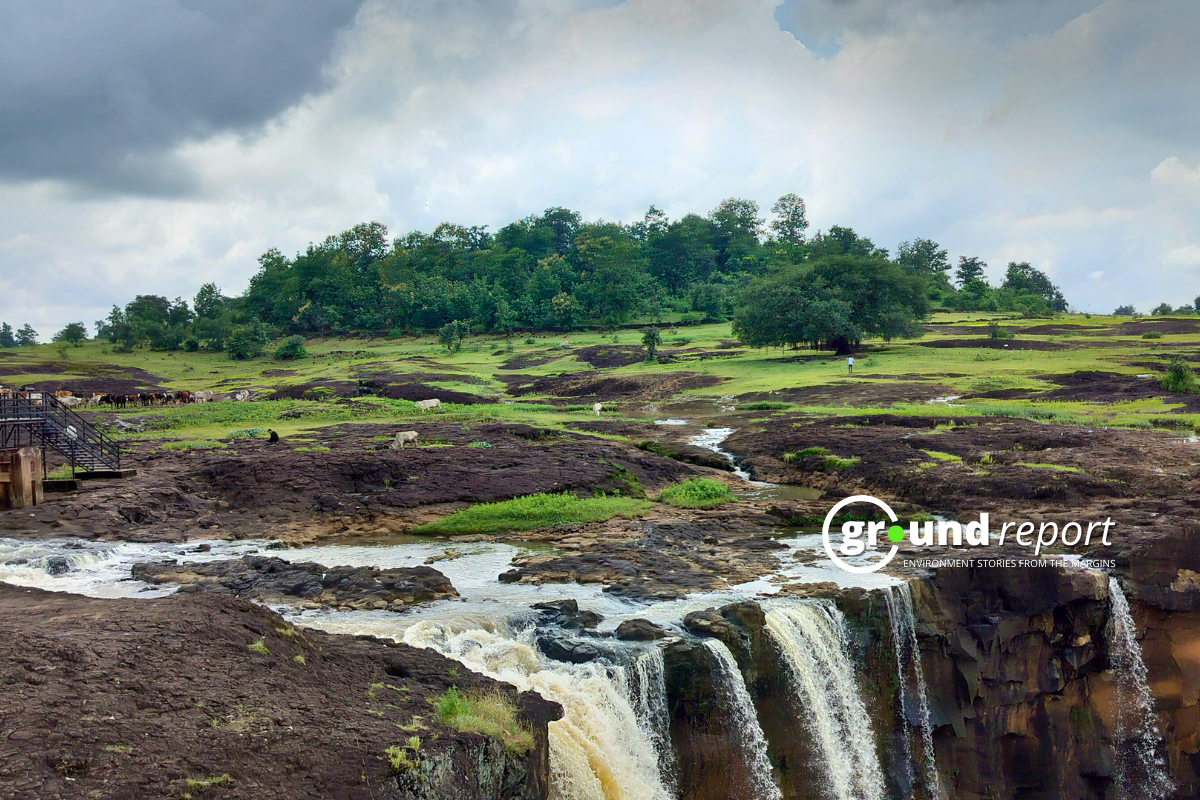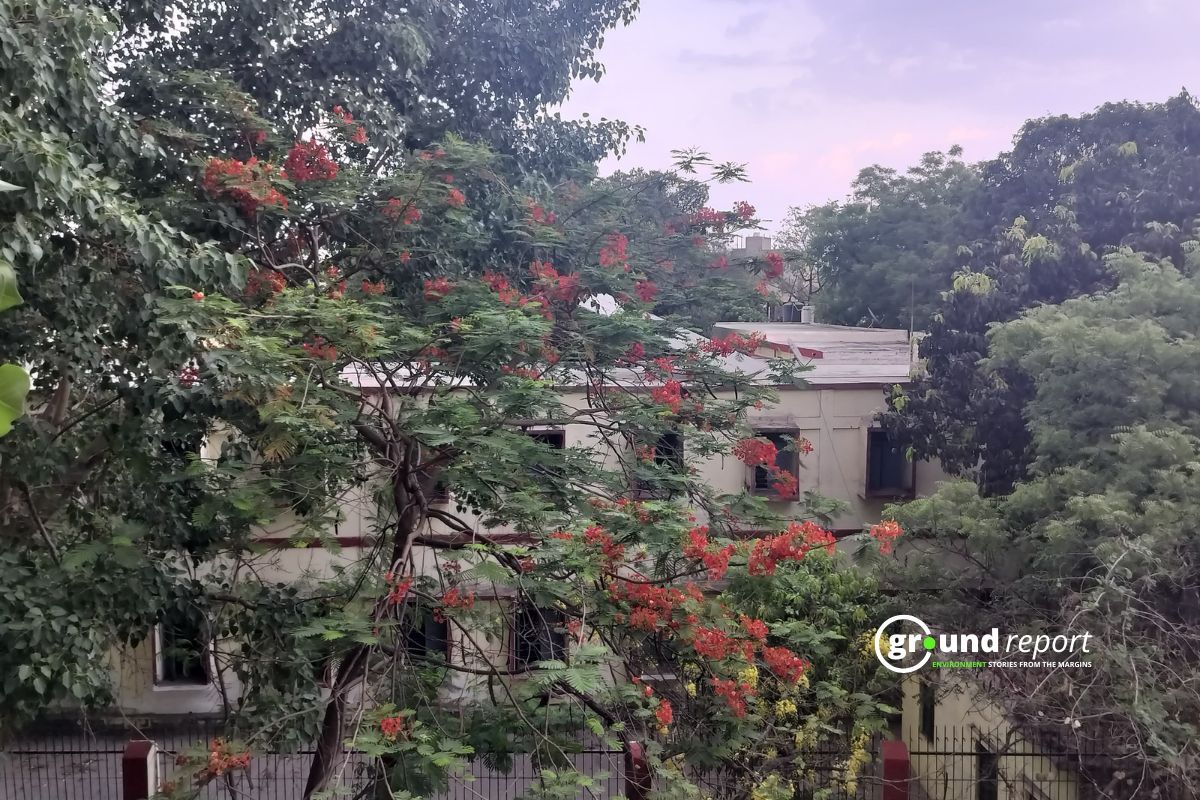Sources of PFAS, or ‘forever chemicals’, are more ubiquitous than many people realise. But new ways to remove them from soil and water are being developed.
In October, the National Health and Medical Research Council invited public consultation on new draft limits for ‘forever chemicals’ — also known as per- and polyfluoroalkyl substances, or PFAS — found in Australia’s drinking water.
The draft guidelines propose lowering the limit for three PFAS compounds and setting a new value for a fourth.
PFAS can bioaccumulate in the human body, meaning their concentrations can increase over time through repeated exposure. They are linked to possible increased risk of cancers, changes in the functioning of hormone and immune systems, and adverse developmental effects.
But while much public attention has been focused on PFAS in Australia’s drinking water supplies, the issue of PFAS contamination, and what we can do about them, is much broader than the contamination of drinking water alone.
What are PFAS?
PFAS are a class of about 12,000 manufactured chemical compounds. A few, with known health impacts, are regulated.
PFAS compounds are similar to plastics and hydrocarbons, except they contain carbon-fluoride bonds that are strong and stable, making the compounds more difficult to biodegrade and destroy.
They are similar in form to surfactants or detergents, meaning they often collect at surfaces to make products water-, stain- and grease-resistant.
They are also good at stabilising emulsions and foams. Combined with their ability to withstand high temperatures without breaking down, this has made PFAS useful as firefighting foams.
Their unique properties mean they have found applications in a diverse range of products: from packaging including food packaging, body care products like shampoos, cosmetics including nail polish, and mobile phones, to name only a few.
The ubiquitous use of PFAS mean they are also integrated into the supply chains of many products.
For example, they are currently used in the production of computer chips, although efforts are underway to reduce or eliminate this reliance on PFAS.
But it’s not just the present uses of PFAS but also their history that we need to contend with.
Where might elevated levels of PFAS be found?
Most sites initially under investigation for elevated levels of PFAS in Australia were associated with PFAS from firefighting foams.
While the use of PFAS as a fire suppressant has been phased out, the persistence, bioaccumulation and environmental toxicity of PFAS compounds means these sites are legacy issues for Australia to manage.
Historical use of these foams by the Australian Defence Force led to PFAS-contaminated land at Williamtown in New South Wales and is linked to 80 percent higher rates of kidney and lung cancers than those of other areas without PFAS contamination.
A class action against the Department of Defence on behalf of about 500 Williamtown residents was launched in 2016.
The pervasive use of PFAS in a variety of products has also led to a build-up of the chemicals in our waste systems.
Elevated PFAS sites now include landfills, wastewater treatment plants that concentrate PFAS in the biosolids or treated sludge that they produce and industrial sites that use PFAS compounds in the production process.
PFAS contamination primarily occurs in soil, but can also transfer to water bodies via water circulation. Therefore, cleaning up PFAS-contaminated soils is an important thing we need to do.
What can we do about PFAS?
Several soil PFAS treatment or removal methods, such as turning PFAS-contaminated soil into concrete, thermal treatment or biodegradation and oxidation have been proposed.
However, the significant drawbacks of these methods — such as the risk of secondary contamination if PFAS leak from the concrete, the high costs of heating huge amounts of soil, and the generation of a more toxic chemical after biodegradation and oxidation — restrict their practical large-scale applications.
The US Environmental Protection Agency’s interim guidance on the destruction and disposal of PFAS and PFAS-containing materials recognises three processes for managing PFAS-contaminated waste.
Two involve containment of the PFAS contamination: for example, underground disposal in a contained aquifer or disposal in a secure landfill.
The third method is high temperature thermal destruction in an incinerator.
Currently, destruction at over 1,000 degrees Celsius for two seconds is required to ensure complete destruction of PFAS and a licence is required to operate such facilities in Australia.
Consequently, most current treatment approaches focus on containment methods while they find an economic destruction process.
In Australia, destructive treatment generally involves concentrating PFAS from water or extracting it from soils in concentrated form, followed by transport to a licensed facility for destruction. The costs of transporting and incinerating PFAS are much lower if PFAS is concentrated.
New developments to help remove PFAS
Over the last few years, scientists have developed a range of ways to make PFAS removal more cost-efficient and effective.
The use of ‘adsorbents’ — solid substances to which other substances stick — has become common in PFAS removal.
Adsorbents such as activated carbon or an adsorbent resin are often used to isolate PFAS from water; the PFAS are essentially trapped by the activated carbon or resin. Research is now being conducted to find ways to regenerate these adsorbents afterwards to reduce costs still further.
Gas fractionation for PFAS contaminated water is a physical method that exploits the chemical properties of PFAS to separate different PFAS substances from water. It is now commercially available from several suppliers. More recently, gas fractionation methods using enhanced soil-washing technology have been developed for PFAS removal.
EGL Water in 2022 built a pilot gas fractionation plant with a treatment capacity of 300 kilograms a day for PFAS-contaminated soil in Laverton, Victoria.
Results have shown that gas fractionation technology improves the efficiency of PFAS removal by over 500 percent compared with water extraction alone. And the process allows for over 80 percent of the extraction water to be recycled to be used for extracting PFAS from soil again.
The high concentration rates achieved with gas fractionation lowers the cost of PFAS treatment. Over the next few years, further demonstration and verification of technology will likely build confidence in the technology’s adoption.
Water authorities are also investing in biochar technology. This technology aims to remove PFAS from wastewater treatment plant biosolids, to enable beneficial use of biosolids as biochar (a charcoal-like substance that contains no petroleum). The technology is moving to the demonstration phase.
Efforts to achieve destruction of PFAS compounds in situ, rather than transporting these chemicals, is another focus of research.
These approaches include destruction of PFAS using novel catalysts, plasma destruction of PFAS and biodegradation of PFAS.
Research published in November shows scientists are also turning to light-activated catalysts as a way of breaking down PFAS. While these efforts directed to in-situ degradation show varying degrees of promise, none of these approaches are yet practiced commercially.
For now, PFAS’s legacy remains unresolved in many locations.
This content is originally published under the Creative Commons license by 360info™. The Ground Report editorial team has made some changes to the original version.
Support us to keep independent environmental journalism alive in India.
Keep Reading
Watch: Kashmir experiences first snowfall of season after dry spell
Amarnath Yatra: Tackling rising death toll from extreme weather events
Tourists arrival in Kashmir break records, a need to regulate it?
From tourist paradise to waste wasteland: Sindh River Cry for help
Follow Ground Report on X, Instagram and Facebook for environmental and underreported stories from the margins. Give us feedback on our email id greport2018@gmail.com.
Don’t forget to Subscribe to our weekly newsletter, Join our community on WhatsApp, and Follow our YouTube Channel for video stories.






